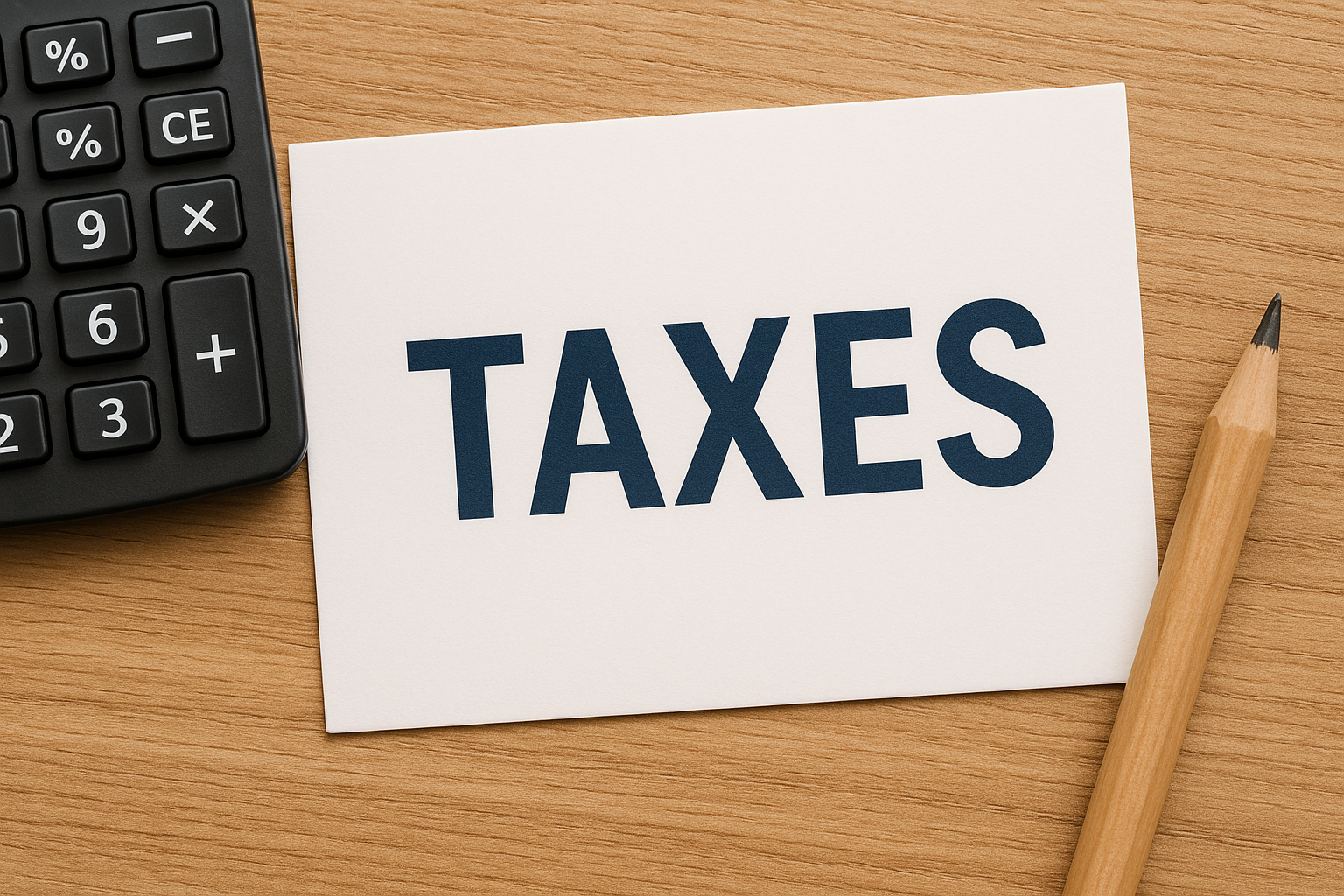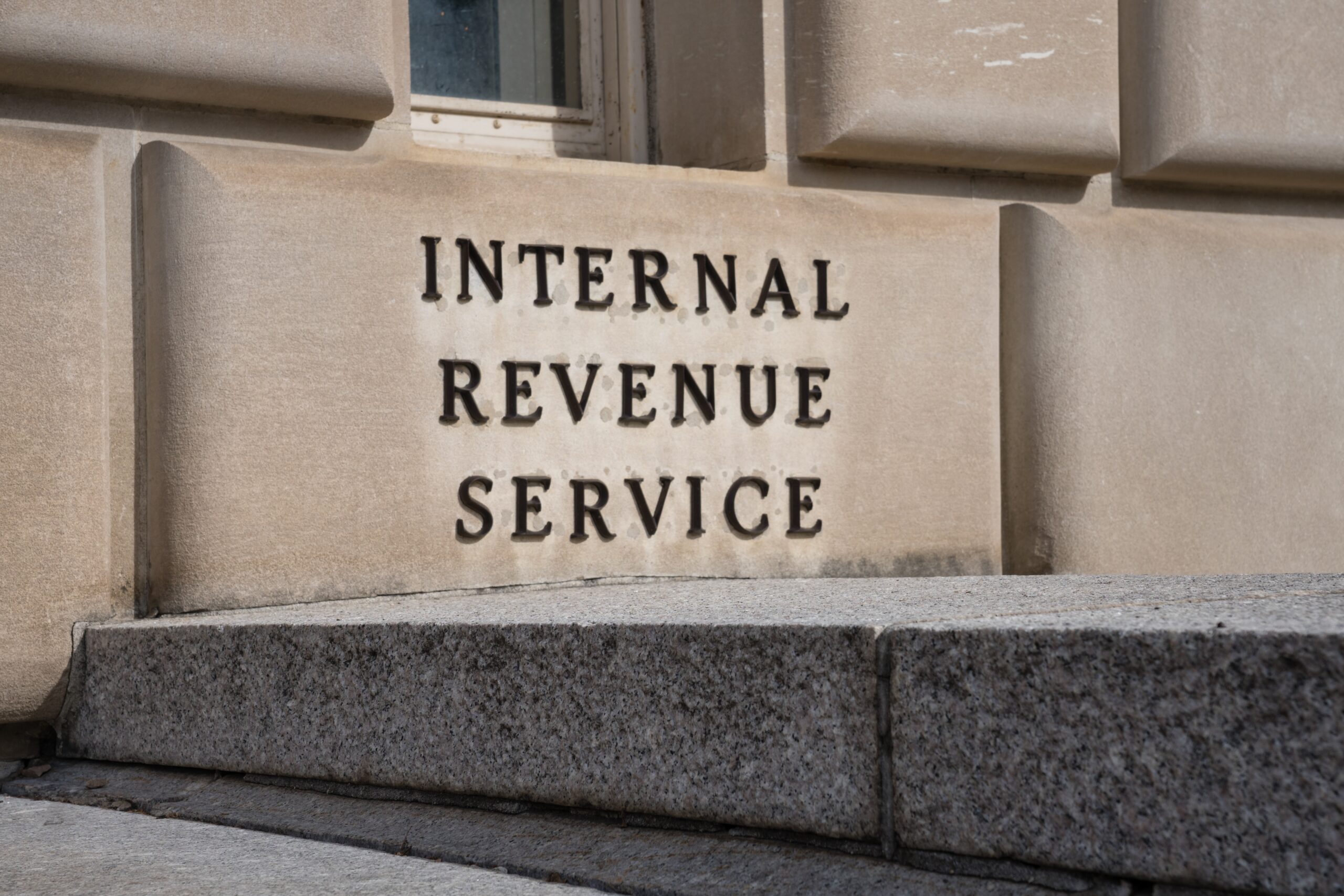IRS wage garnishments are among the most stressful financial events a person can face. In Connecticut — where housing, commuting, childcare, and medical expenses already consume most paychecks — losing 20–25% of your take-home pay can destabilize your household instantly.
The good news?
A wage garnishment can often be stopped — and sooner than most taxpayers expect.
Here’s what CT residents need to know.
How an IRS Wage Levy Starts
Before the IRS contacts your employer, they must send:
-
Multiple IRS notices
-
A final warning
-
And a Final Notice of Intent to Levy
Once that final notice expires:
-
The IRS can legally reach out to your employer
-
Your employer must comply
-
The next paycheck will be reduced significantly
There’s no court hearing. No judge. No lawsuit. It’s immediate.
Why Wage Levies Hit CT Households Extra Hard
Housing is expensive
Connecticut rents and mortgages exceed what the IRS considers “reasonable.”
Commuting costs are substantial
Metro-North passes, gas, parking, maintenance — all far above national norms.
Childcare is extremely costly
Daycare, after-school programs, summer camps — the IRS allowances don’t come close.
Medical and elder care expenses are high
CT has one of the oldest populations in the U.S.
Many families support multiple generations
IRS formulas rarely account for this unless documented.
These realities strengthen hardship arguments — but only with proper evidence.
Step One: Identify Who Controls the Levy
IRS levies may come from:
-
Automated Collection System (ACS)
-
Revenue Officers
-
IRS field offices
Each has different procedures and timelines.
Rappaport identifies the correct contact immediately — allowing the fastest path to relief.
Step Two: Stop the Levy Fast — Proven Approaches
1. Hardship Release
If the levy prevents you from paying for basic needs, the IRS can release it.
Key CT hardship costs include:
-
Rent or mortgage
-
Childcare
-
Commuting
-
Medical expenses
-
Food
-
Utilities
-
Insurance
2. Filing Missing Returns
Unfiled returns often trigger aggressive IRS action. Filing them reopens the account and can pause the levy.
3. Temporary Collection Hold
The IRS may pause enforcement while:
-
You gather documents
-
A representative builds your case
-
A long-term agreement is being prepared
4. Installment Agreement
A payment plan can replace the garnishment once approved.
5. Offer in Compromise Consideration
If eligible, the IRS may halt enforcement to review your settlement request.
6. Appeals
If the IRS violated procedure, the levy can be overturned.
What Documents the IRS Needs to Release a Levy
Typically:
-
Pay stubs
-
Bank statements
-
Rent or mortgage statements
-
Utilities
-
Insurance premiums
-
Car loan details
-
Childcare invoices
-
Medical bills
-
Proof of dependents
Rappaport organizes this information into IRS-friendly formats.
Why Levy Releases Often Happen Faster in CT
Connecticut households frequently exceed IRS cost assumptions — especially for:
-
Housing
-
Commuting
-
Medical costs
-
Childcare
-
Food
-
Insurance
Once Rappaport demonstrates this mismatch clearly, many levies can be released quickly.
After the Levy Is Released: Long-Term Protection
Stopping the levy is only Phase 1.
Phase 2 is designing a stable, permanent solution to prevent future enforcement:
-
OIC
-
CNC
-
Partial-pay plan
-
Full installment agreement
-
Penalty removal
-
Audit reconsideration
Rappaport ensures the IRS does not restart enforcement later.
Final Thought
A wage garnishment feels like a crisis because it is.
But it is also reversible — and often faster than people expect.
Rappaport Tax Relief helps Connecticut taxpayers stop garnishments quickly and rebuild long-term financial stability.
David Rappaport is an Enrolled Agent with over 25 years of experience in the field of taxation. He specializes in representing clients before all administrative branches of the IRS and State Taxing Authorities.
November 21, 2025


